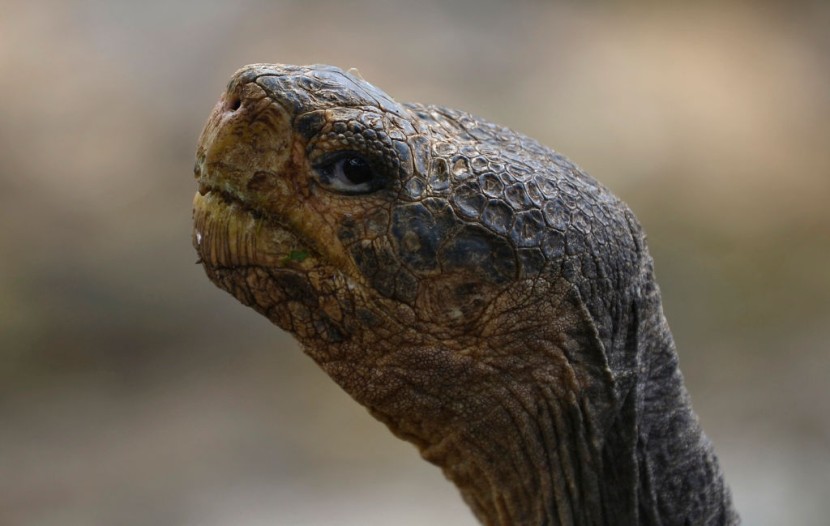
Video footage shows the rare and "horrifying" moment that a Seychelles giant tortoise, thought to be vegetarian, deliberately attacking and eating a baby bird.
Researchers captured footage of the giant tortoise attacking and eating a tern chick in the first documentation of deliberate hunting in any wild tortoise species. In a statement on Monday, Justin Gerlach, the director of studies at Peterhouse, Cambridge, and affiliated researcher at the University of Cambridge's Museum of Zoology, said it was completely unexpected behavior.
Tortoise Attacks, Eats Baby Bird
Gerlach said the action has not been observed in any other wild tortoise species. He also led the study that sought to observe the behavior of the animal. Gerlach said the giant tortoise pursued the tern chick along a log, later killing and eating it.
The researcher said that the entire encounter was very slow, with the tortoise moving at its regular walking pace. He said the entire hunt took about seven minutes and noted it was quite "horrifying," CNN reported.
The one responsible for the video was Anna Zora, a conservation manager on Fregate Island and a co-author of the study. The incident took place in July 2020 and began when Zora noticed the tortoise moving in a strange way. She sat and watched the animal only to find out it was trying to hunt the tern chick.
Gerlach theorized that unusual conditions on the Fregate island may have played a factor in why the tortoise conducted the horrific act. He said that the area's combination of tree-nesting terns and giant tortoise populations was unusual. The researcher noted that unexpected interactions between species may appear after ecosystems are restored, Fox News reported.
The researcher said that the way the tortoise moved towards the chick with intent suggested it was experienced with what it was doing. This meant that the large reptile had previously done this sort of hunt before.
Free Protein Source
While tortoises are generally believed to be vegetarian, they have been observed "opportunistically" eating carrion and bones and snail shells for calcium. Gerlach said it was a common sight for herbivores to eat dead animals as a free source of protein but noted that the footage was the first documentation of a deliberate hunt and kill.
The video recording showed the female giant tortoise moving towards the chick, who was stuck on a log. As the large reptile approached the avian, the baby bird tried to defend itself by pecking at the tortoise, However, the reptile continued to move forward with its mouth wide open.
After pushing the baby bird to the end of the log, the tortoise managed to get its mouth around the bird's head and delivered a fatal bite. The large reptile then swallows the young bird whole, The Hill reported.
The conservation efforts in the Fregate islands may have recreated conditions for natural behaviors that people have never seen for hundreds of years to once again occur in the wild. The researchers published the study in the Current Biology journal.
Related Article: Archaic Battle of Sea Titans: Scarred Teeth Fossils Reveal Ancient Livyatan Whale, Megalodon Shark Brawl
© 2026 HNGN, All rights reserved. Do not reproduce without permission.








